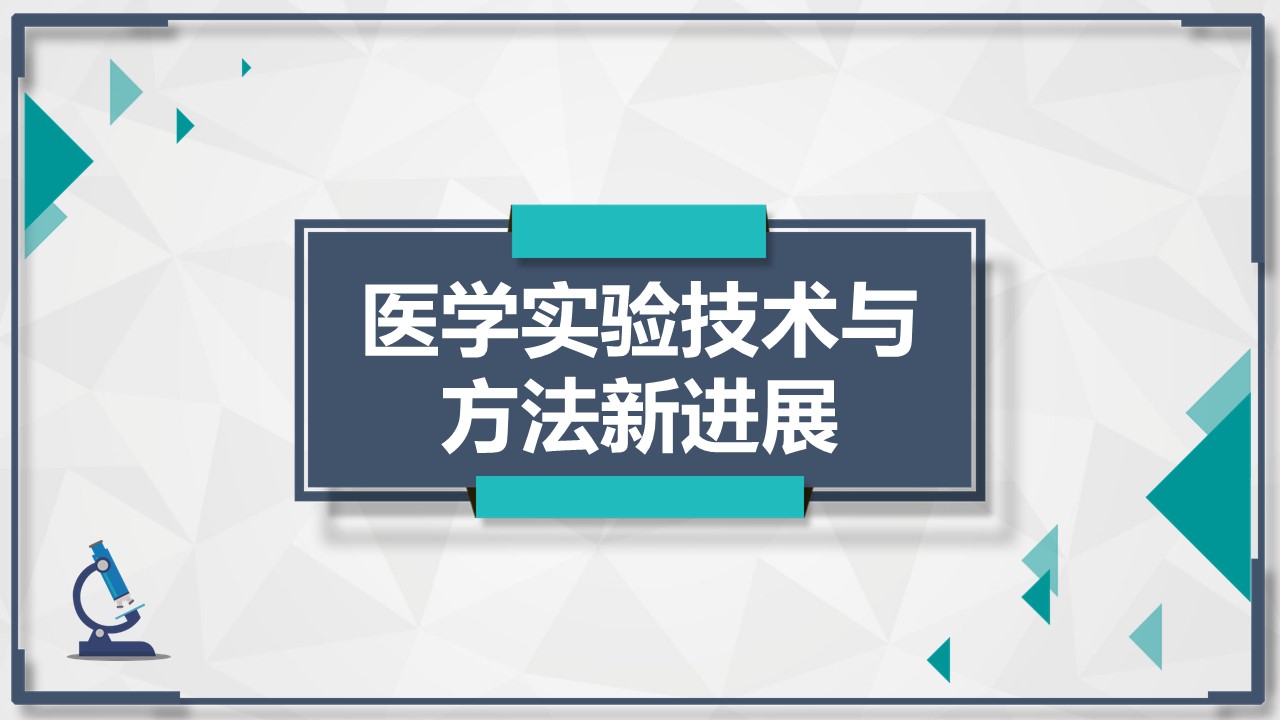
当前课程知识点:Green Economy from China's Stories > 9. Ecological Footprint > 9.1.2 Research Prospect > 9.1.2 Research Prospect
返回《Green Economy from China's Stories》慕课在线视频课程列表
返回《Green Economy from China's Stories》慕课在线视频列表
大家好
欢迎进入
《绿色经济与中国实践》大课堂
这节我们介绍生态足迹的研究展望
关于生态足迹的指标
现在来看它仅仅能够揭示和衡量
人类对消费 对生态环境产生的压力
但不能够准确的反映
研究对象的可持续发展状态
如果说以后我们要测量 研究
区域的可持续发展状态
必须把这个和经济 社会 和环境等指标
配合起来 一起来进行一个度量
最后为国家和地区的经济计划
发展战略 环境保护等
提供更科学 更全面
更真实的参考依据
我们需要对这些指标进行一些改进
其次是生态足迹模型的预测性
其次是生态足迹模型的预测性
我们可以看到生态足迹模型是
一个静态的指标和一个瞬时的指标
我们计算时候用的都是一个静态时候
比如说某一年的这个数据
我们可以得出一个结论来
因此仅仅能够评估现状
而无法揭示人口增长
技术进步以及社会经济发展
对生态足迹的影响
缺乏对未来发展趋势的一个预测功能
具体解释一下就是说
我们用这个生态足迹数据来做计算的时候
我们都是找一些统计年鉴等这方面的数据
这些数据
也都是一个时间点上一个情况
但是随着我们社会的发展
人口是要不断地增长了 技术也会进步
人口也会越来越多
技术上也会越来越先进
或者说技术上有重大的变革
但是我们现在能做的计算
只能针对于原先某个时间点上的情况
来做一个生态足迹的度量
无法预测比方说
人口状态和技术状态下生态足迹的情况
五年以后 十年以后
这是他的一个缺陷
另外
加强预测性的研究
定量分析 评价
以及监测研究对象在发展过程中
的可持续发展变化
将是今后值得进一步探讨的一个问题
这里面就提到一个预测性的研究
比方说我们预测以后
我们生产和消费所需要的物资的数量
以及定量的分析 来对它进行评价
这是我们关注以后未来
比如说短期十年
长期50年以上
我们预测的可持续性 这个需要我们关注
之后是循环经济模型
在中国的应用方向
从这张中国地图里面我们可以看到
中国目前生态足迹的模型的应用
主要集中在区域的可持续发展度量
我们后面也会再详细的给大家介绍
比方说我们会提到一些东部地区
一些中部地区 一些西部地区
甚至可以根据一些经济性的一些地区来划分
比如说我们现在比较热门的
粤港澳 粤港澳地区
以及长三角地区 京津冀地区
这些地区的可持续性如何来度量
这是我们现在以后可以重点关注要做的事
第二个的话 扩展就是
在环境 社会 经济发展领域中的应用研究
有效促进中国可持续发展研究的深度和广度
就是结合这几点来做相应的拓展
这也是我们今后研究的一个方向
好 以上就是我们对今后研究的一个展望
感谢大家的观看 谢谢
-1.1.1 Global Environmental Issues and Ecological Crisis
--1.1.1 Global Environmental Issues and Ecological Crisis
-1.1.2 Environmental Issues and Governance Results in China
--1.1.2 Environmental Issues and Governance Results in China
-1.2.1 Attention from the International Community to Ecological and Environmental Issues
--1.2.1 Attention from the International Community to Ecological and Environmental Issues
-1.2.2 Reflection of the International Community on Ecological and Environment Issues
--1.2.2 Reflection of the International Community on Ecological and Environment Issues
-1.2.3 China's Practice of Ecological and Environmental Protection (a)
--1.2.3 China's Practice of Ecological and Environmental Protection (a)
-1.2.3 China's Practice of Ecological and Environmental Protection (b)
--1.2.3 China's Practice of Ecological and Environmental Protection (b)
-1.3 The Origin of Ecological and Environmental Issues
--1.3 The Origin of Ecological and Environmental Issues
-Chapter I Test
-2.1 Teaching Materials
-2.2 Practice in China
-Chapter II Test
-3.1 Research Hotspots
-3.2.1 Industrial Ecology
-3.2.2 Environmental Value Spillover
--3.2.2 Environmental Value Spillover
-3.2.3 "Two Mountains" Theory (a)
--3.2.3 "Two Mountains" Theory (a)
-3.2.3 "Two Mountains" Theory (b)
--3.2.3 "Two Mountains" Theory (b)
-Chapter III Test
-4.1.1 International background
--4.1.1 International background
-4.1.2 Background in China
-4.2 3R Principles
-4.3 3 levels
-4.4.1 Progress
-4.4.2 Policies
-Chapter IV Test
-5.1 The concept of Low-carbon Economy
--5.1 The concept of Low-carbon Economy
-5.2 The origin of the Low-carbon Economy theory
--5.2 The origin of the Low-carbon Economy theory
-5.3 Practice in Developed Countries
--5.3 Practice in Developed Countries
-5.4 Practice in China
-Chapter V Test
-6.1 The Concept of Green Economy
--6.1 The Concept of Green Economy
-6.2.1 Development and Research Progress of the Green Economy
--6.2.1 Development and Research Progress of the Green Economy
-6.2.2 Actions on Green Economy and Future Development Trend of Green Economy
--6.2.2 Actions on Green Economy and Future Development Trend of Green Economy
-6.3 Assessment Methods for Development of Green Economy
--6.3 Assessment Methods for Development of Green Economy
-6.4.1 Formation and Application of Green Economy Development Thought
--6.4.1 Formation and Application of Green Economy Development Thought
-6.4.2 Practice and Inspirations of Green Economy Development
--6.4.2 Practice and Inspirations of Green Economy Development
-Chapter VI Test
-7.1 The Concept of Sustainable Development
--7.1 The Concept of Sustainable Development
-7.2.1 The formation of sustainable development in China
--7.2.1 The formation of sustainable development in China
-7.2.2 China's Achievements in Sustainable Development
--7.2.2 China's Achievements in Sustainable Development
-7.3.1 EKC Hypothesis and Its Origin
--7.3.1 EKC Hypothesis and Its Origin
-7.3.2 Enlightenment of EKC on China's Environmental Governance
--7.3.2 Enlightenment of EKC on China's Environmental Governance
-Chapter VII Test
-8.1 The Connotation and Assessment Significance of Ecosystem Service Value
--8.1 The Connotation and Assessment Significance of Ecosystem Service Value
-8.2 The Research Progress of Ecosystem Service Value Assessment
--8.2 The Research Progress of Ecosystem Service Value Assessment
-8.3 Practice in China
-Chapter VIII Test
-9.1.1 Theoretical Concept
-9.1.2 Research Prospect
-9.2 Development Process of Ecological Footprint
--9.2 Development Process of Ecological Footprint
-9.3.1 Research Scale
-9.3.2 Research Industry
-Chapter IX Test
-10.1 Environmental Policy Assessment Standards
--10.1 Environmental Policy Assessment Standards
-10.2 Types of Environmental Policies (a)
--10.2 Types of Environmental Policies(a)
-10.2 Types of Environmental Policies (b)
--10.2 Types of Environmental Policies(b)
-10.3 Case study——River Chief Policy
--10.3 Case study——River Chief Policy
-Chapter X Test
-Final exam
--Final exam



